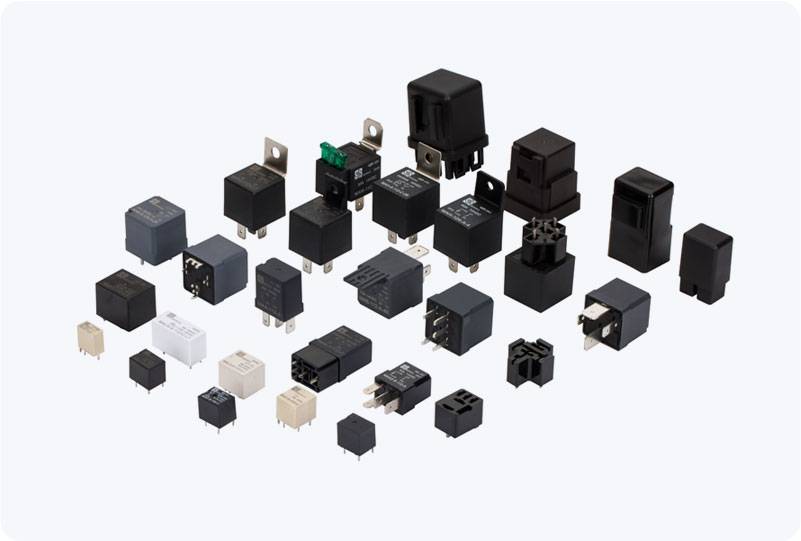understanding arc suppression relay: a critical component in electrical protection systems
Release time:2025-06-13 20:04:44
Arc suppression is a key issue in electrical systems, particularly in high-voltage and high-current environments. When electrical circuits open or close, they can generate an arc—a discharge of electricity that can be hazardous to both the equipment and the personnel working with or around it. To mitigate these risks, the Arc Suppression Relay (ASR) plays a crucial role in ensuring the safety and longevity of electrical systems. In this article, we will explore the importance, working principle, and applications of the Arc Suppression Relay in modern electrical infrastructure.

What is an Arc Suppression Relay?
An Arc Suppression Relay (ASR) is a protective device used in electrical systems to prevent or reduce the damage caused by electrical arcing. An electrical arc occurs when a current flows through an air gap or an insulating material, resulting in a high temperature and potential damage to the electrical components. This phenomenon is most commonly seen when opening or closing electrical contacts, such as in circuit breakers or switches. If not properly managed, arcs can lead to equipment failure, fire hazards, and significant safety risks.
The primary function of the Arc Suppression Relay is to detect the occurrence of electrical arcs and take appropriate action to interrupt or control the arc. This process is essential in protecting critical components like transformers, switchgear, and circuit breakers, ensuring that electrical systems operate efficiently and safely.

